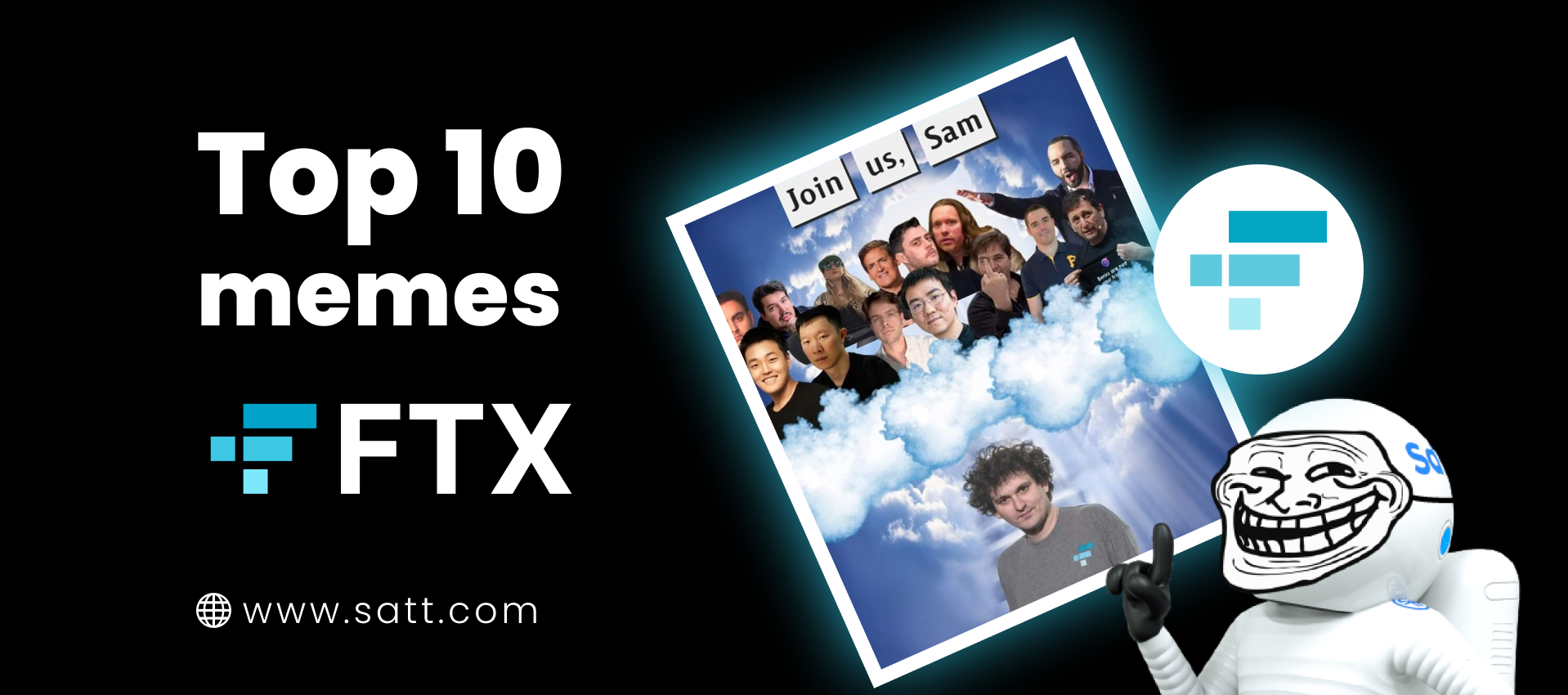
ERC-20, an enriching standard
You may have heard of ERC-20, whether you‘re a newbie or an expert. So, what does it really mean? And where does it come from?
Table of Contents
What is ERC-20?
ERC-20 is a technical standard, more like a protocol that defines specific rules for smart contracts to deploy and exchange a token on the Ethereum blockchain. Therefore, all Ethereum tokens must adhere to them.
ERC literally stands for Ethereum Request for Comment and 20 stands for the number of the proposition on Ethereum‘s Github account.
This standard has been suggested by Fabian Vogelsteller on November 19, 2015. By June 14, 2019, there have been 192,871 ERC-20 compatible tokens on Ethereum main network. In fact, unlike what some may think, Ethereum’s native token, Ether, does not conform to the ERC-20 standard. Ether can be converted to a “wrapped” token, known as “WETH”. You can find more about SaTT smart contract in this sense on our Github account.
ERC-20 is a standard that defines functions and events that a token has to comply with in order to be qualified as ERC-20. It has 6 method-related functions:
- totalSupply()
- balanceOf(address _owner)
- transfer(address _to, uint256 _value)
- transferFrom(address _from, address _to, uint256 _value)
- approve(address _spender, uint256 _value)
- allowance(address _owner, address _spender)
It also has 2 events formats:
- Transfer(address indexed _from, address indexed _to, uint256 _value)
- Approval(address indexed _owner, address indexed _spender, uint256 _value)
An empowering standard
This standard empowers developers to predict how new tokens will work inside the bigger Ethereum platform. New projects won’t need to be redone when a new token is released, as long as it follows the ERC-20 rules. At the time of the ICO craze, most of the tokens released through Ethereum ICOs were ERC-20 compliant.
ERC-20 tokens don’t have their dedicated blockchain. They are implemented on Ethereum’s blockchain instead. Yet, there are other blockchains where you can deploy tokens and create smart contracts but Ethereum is the most known of them all.
Ethereum can be used to trade digital assets called tokens. They can represent real-world assets (such as property), a voucher etc.
Ethereum handles different digital assets that rely on different technical standards, though the most recognizable is ERC-20.

For developers, having an open standard norm enables them to create tokens more easily and to reduce the risk of errors and incompatibility. Also, the tokens are more easily exchangeable, and the implementation of each token becomes much less complex and requires less deep knowledge from developers. Thanks to the standard, wallets supporting Ether accept all ERC-20 tokens. This way, you can store all of your tokens in one wallet!
Now you know how important this standard is in any manipulation with tokens/cryptocurrencies. Without it, many projects would have been hard to launch.





